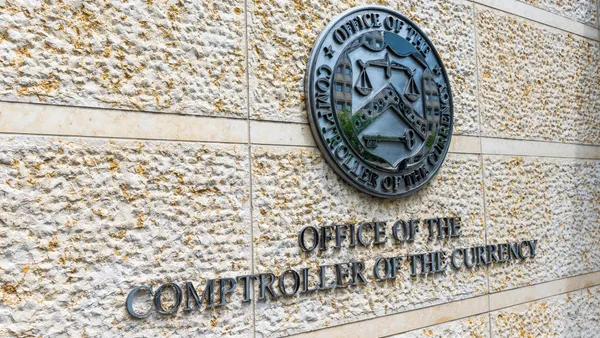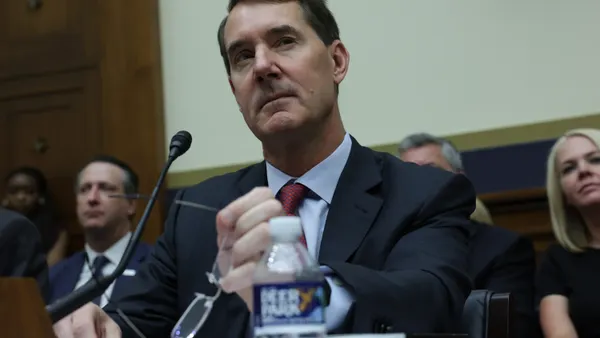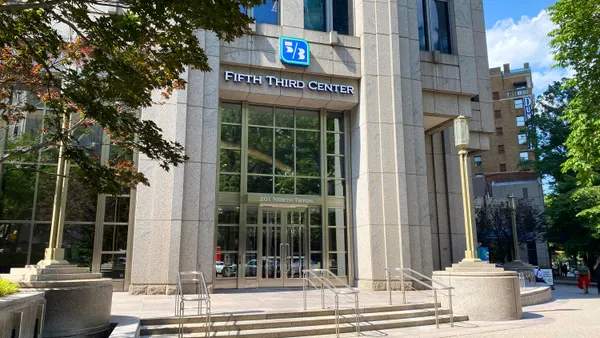Washington Federal and Luther Burbank Corp. have extended the deadline for their merger to Feb. 29, according to a securities filing last week.
WaFd’s plan to buy Luther Burbank for $654 million was announced in November 2022, at the time targeting the second quarter of this year for its completion.
The target date, however, was pushed back until this November, and a securities filing dated Nov. 28 pushed it to early next year.
The merger received shareholder approval in May; and on Oct. 13, the Washington State Department of Financial Institutions granted conditional approval.
Approvals of the Federal Deposit Insurance Corp. and the Federal Reserve are still required, according to the filing.
Without citing a reason for the extension, WaFd and Luther Burbank "acknowledge the continuing merits of the merger to each party's shareholders, employees, clients and communities they serve,” according to the filing, and “are fully committed to the merger and continue to make significant progress in planning for its closing and the integration of the companies.”
A coalition of 54 national and local nonprofit organizations penned a 13-page letter to the FDIC in February, formally opposing the merger over concerns with fair housing, systemic risk and managerial resources.
The organizations, led by the California Reinvestment Coalition, said at the time that the banks had “failed to demonstrate that they have met community credit needs, [that] the merger will provide a clear public benefit or that they will meet the convenience and needs of affected communities.”
The organizations asked the FDIC, the banks’ principal regulator, to extend the comment period and hold a public hearing on the deal.
“We urge the FDIC to deny this merger application,” the organizations wrote. “In the alternative, we believe the FDIC must impose substantial conditions to ensure that fair housing, community reinvestment, displacement, climate and managerial concerns are addressed.”
If given the green light, the combined institution would give WaFd entry into California, and it would create an institution with $29 billion in assets, $23 billion in loans and $22 billion in deposits.














